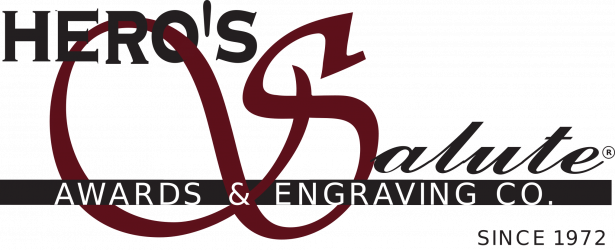Building a Recognition Program
You’ve decided to build a recognition program for your organization. That’s great! But now what? How do you do that? What goes into it? Let’s start at the beginning.
What is recognition? Some people define it as receiving a reward for a job well done. Others define it as an incentive for reaching a goal. These are both parts of recognition, but it’s not the complete definition.
Recognition Professionals International (RPI) defines recognition as: “an after-the-fact display of appreciation or acknowledgment of an individual or team’s desired behavior, effort, or business result that supports the organization’s goals and values.”
Recognition is more than a party or an award. It’s acknowledging the employee behaviors that link to the corporate vision, mission, and values.
Now that you know what recognition really is, it’s important to know what kinds of recognition exist. RPI recommends that organizations incorporate three types of recognition into their strategy: formal, informal, and day-to-day.
Formal recognition is a structured program that has a defined process. This type of recognition is linked to organizational goals, has a nomination process, and has an awards ceremony. This type of recognition event usually happens once a year, and employees receive awards in front of their peers in a formal setting. Examples of this type of recognition include years of service awards or value champion awards.
Informal recognition is less structured and is designed more for recognizing team progress toward a goal. This type of recognition typically includes a low-cost celebration like a department lunch with smaller mementos to celebrate the goal.
Day-to-day recognition can be given by anyone in an organization. It includes things like verbal praise or a thank you note. Day-to-day recognition is used to support organizational values.
With that in mind, here is more information on setting up a recognition program.
The Seven Best Practice Standards
Having a recognition program in place at your organization will have a direct positive effect on your employees, and that effect will propel on to your customers. RPI has developed seven best practice standards to use as a guide.
Having a recognition program in place at your organization will have a direct positive effect on your employees, and that effect will propel on to your customers. RPI has developed seven best practice standards to use as a guide.
- Recognition strategy
- Management responsibility
- Recognition program management
- Communication planning
- Recognition training
- Recognition events and celebrations
- Program change and flexibility
Experts developed these standards, and each section is important to a recognition program. Just like in anything being built from the ground up, you have to start with a foundation which is your recognition strategy.
A recognition strategy links the corporate vision, mission, and values of your organization. It’s like the blueprint of your recognition program. Your strategy should include:
- • Identifying employee behaviors that advance your organization’s goals and values
- • Recognizing those behaviors
- • Promoting those behaviors
As with any project, you need to define your objectives and what you hope to accomplish. Once you have established your objectives, you need to determine how you will measure these objectives. Using qualitative and quantitative measures will help with metrics.
Qualitative measures include employee engagement surveys, testimonials, focus groups, and one-on-one interviews. Quantitative measures include the number of participants, dollars spent, changes in turnover, and changes in productivity.
Once you’ve built your action plan and have defined your measurements, you need to document the program and establish a plan for training your staff.
There are four basic yet vital components of a communication plan. First is your message. What do you want to communicate? Second is your audience. Who do you want to communicate your message to? Third is your method. What communication tools will you use to communicate your message to your audience? Fourth is your resources. How will you communicate your message to your audience with your tools?
Click here to download an action plan template.
Click here to download an example of a completed communication plan.
Click here to download an example of a completed communication plan.
Once you have this in place, you can include your managers in the strategy.
